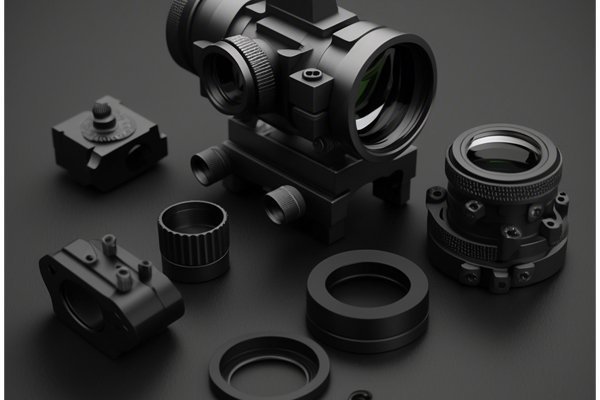*
Did you know that up to 80% of the environmental impact of a product is determined during the design phase? This staggering statistic highlights the significant role that material selection plays in product design, especially for electronic devices where precision and performance are crucial. The materials that engineers choose for CNC (Computer Numerical Control) prototypes directly influence not just the manufacturing process, but also the end product’s functionality, durability, and overall performance. Thus, understanding how to select the right materials for CNC prototypes in electronic products is vital for achieving desired results.
In this blog, we will delve deep into the relationship between material selection in CNC prototypes and their effects on functionality. We’ll cover everything from common materials used in CNC prototyping, their properties, and the critical factors to consider when selecting materials. We will also provide detailed solutions and best practices for optimizing material decisions.
—
Understanding CNC Prototyping
What is CNC Prototyping?
CNC prototyping is a manufacturing process where materials are machined to create specific shapes and parts using computer-controlled tools. This technique allows for high precision and repeatability, making it an ideal choice for prototyping in electronics. From the housing of devices to internal components, CNC machining helps in producing intricate designs that meet the stringent requirements of electronic functionality.
—
The Importance of Material Selection
Why Material Selection Matters
The choice of material is critical in CNC prototyping due to its effects on:
—
Common Materials Used in CNC Prototyping for Electronics
Plastics, such as ABS (Acrylonitrile Butadiene Styrene) and PC (Polycarbonate), are commonly used in prototypes for electronic products.
Metals like aluminum and steel are also prevalent in CNC prototyping.
Composite materials combine two or more constituent materials to enhance performance.
—
Factors to Consider When Selecting Materials

—
Solutions for Effective Material Selection
Simulation tools can accurately predict how different materials will perform under specific conditions, allowing for informed decisions during the prototyping stage.
Working closely with suppliers can provide insights into the latest material innovations, availability, and cost savings.
Prioritizing comprehensive testing on prototype materials before mass production can help preempt issues related to functionality and durability.
Incorporate DFM principles in the design stage to streamline the choice of materials based on manufacturability, performance, and cost considerations.
Involving engineers, designers, and sustainability experts can lead to a well-rounded material selection process. Each discipline provides unique perspectives that enhance the overall quality of decision-making.
—
Case Studies in Material Selection for Electronic Prototyping
Case Study 1: Consumer Electronics
Consider a smartphone prototype team that initially opted for a high-cost aluminum casing due to its aesthetics. After testing, they found that a well-engineered plastic could survive routine wear while cutting production costs by 20%. This showcases the importance of testing different materials against criteria and prototype requirements.
Case Study 2: Wearable Technology*
A company creating fitness trackers initially selected plastic housing. After beta testing revealed durability issues, they shifted to a composite material offering both strength and flexibility, significantly enhancing the product’s lifespan and user satisfaction.
—
Material selection in CNC prototypes for electronic products is not simply a matter of preference; it fundamentally affects the functionality, performance, and sustainability of the end product. By understanding the critical aspects of material properties, exploring different common materials used, and utilizing effective strategies for selecting the right materials, manufacturers can achieve enhanced results in their prototypes.
Remember, every electronic product begins with a thoughtful design phase where material decisions set the stage for performance. Especially in a landscape where sustainability and efficiency are paramount, being proactive in material selection and having a comprehensive strategy can make all the difference. For companies looking to innovate and excel, continuously improving their material selection processes is essential—a powerful step in shaping the future of electronic products.
Reflect on how material choices are not merely a technical formality but an opportunity to innovate, reduce costs, and enhance the functionality of electronic devices. Your product’s success could very well hinge on the thoughtful consideration of your material selection.






